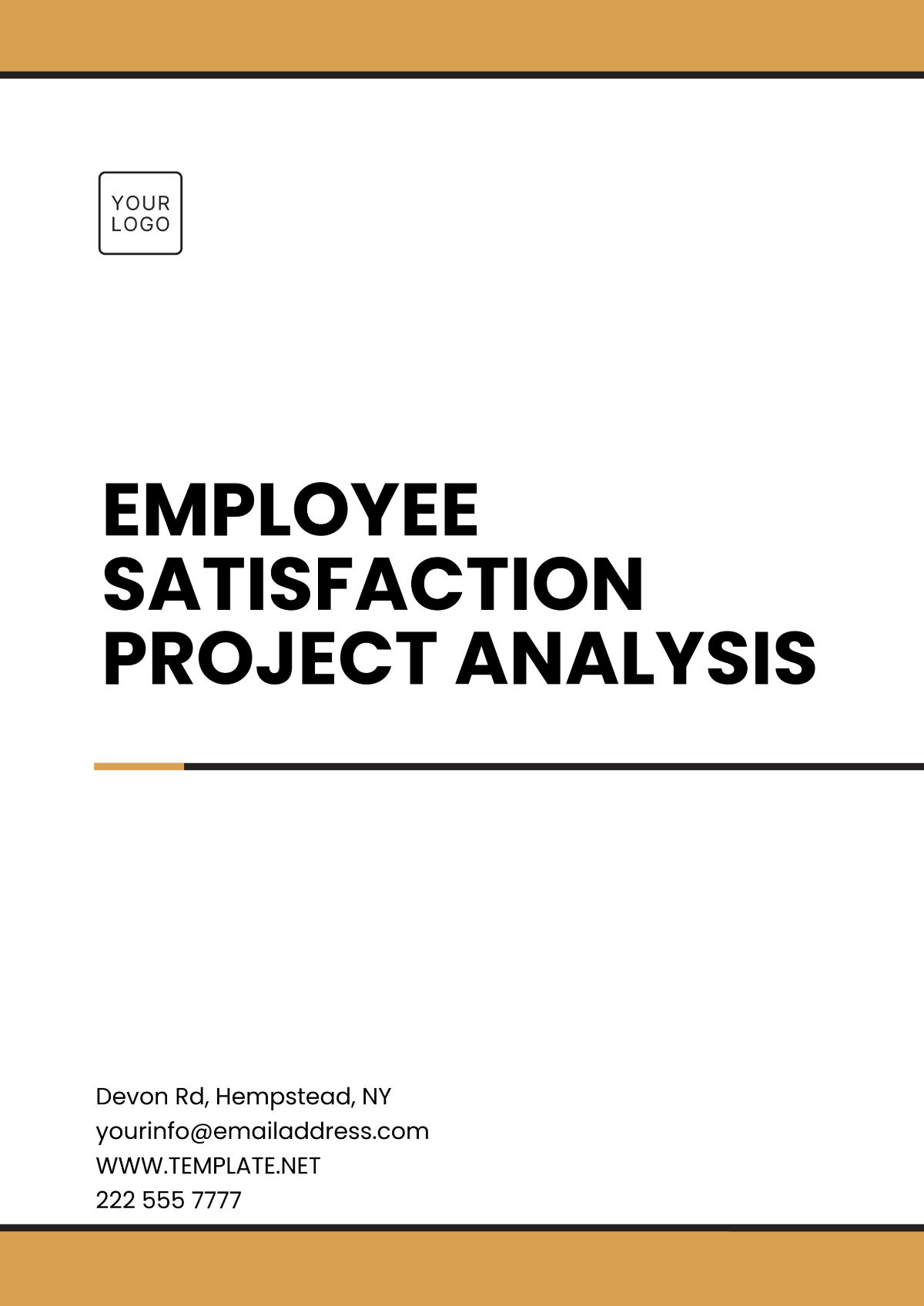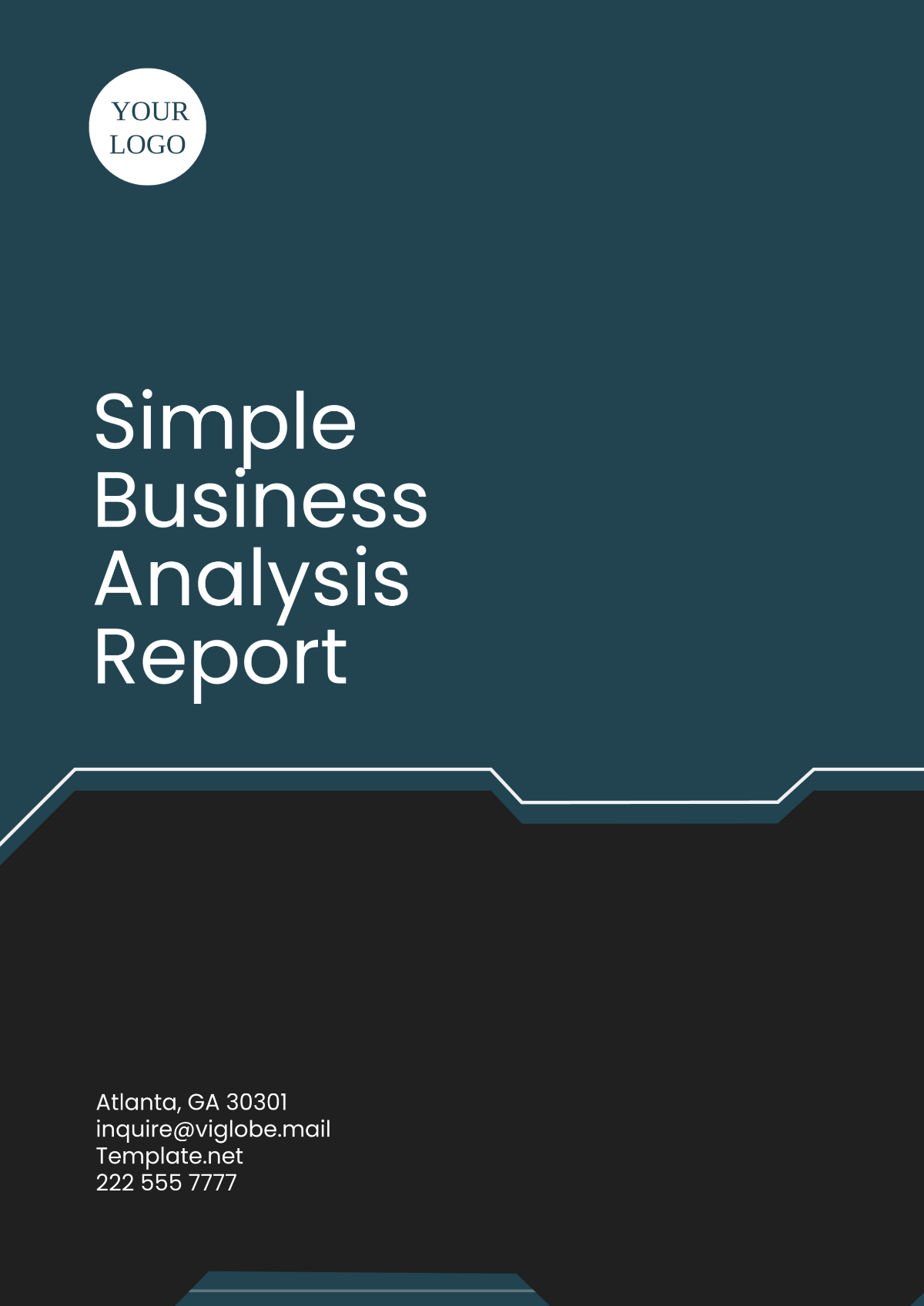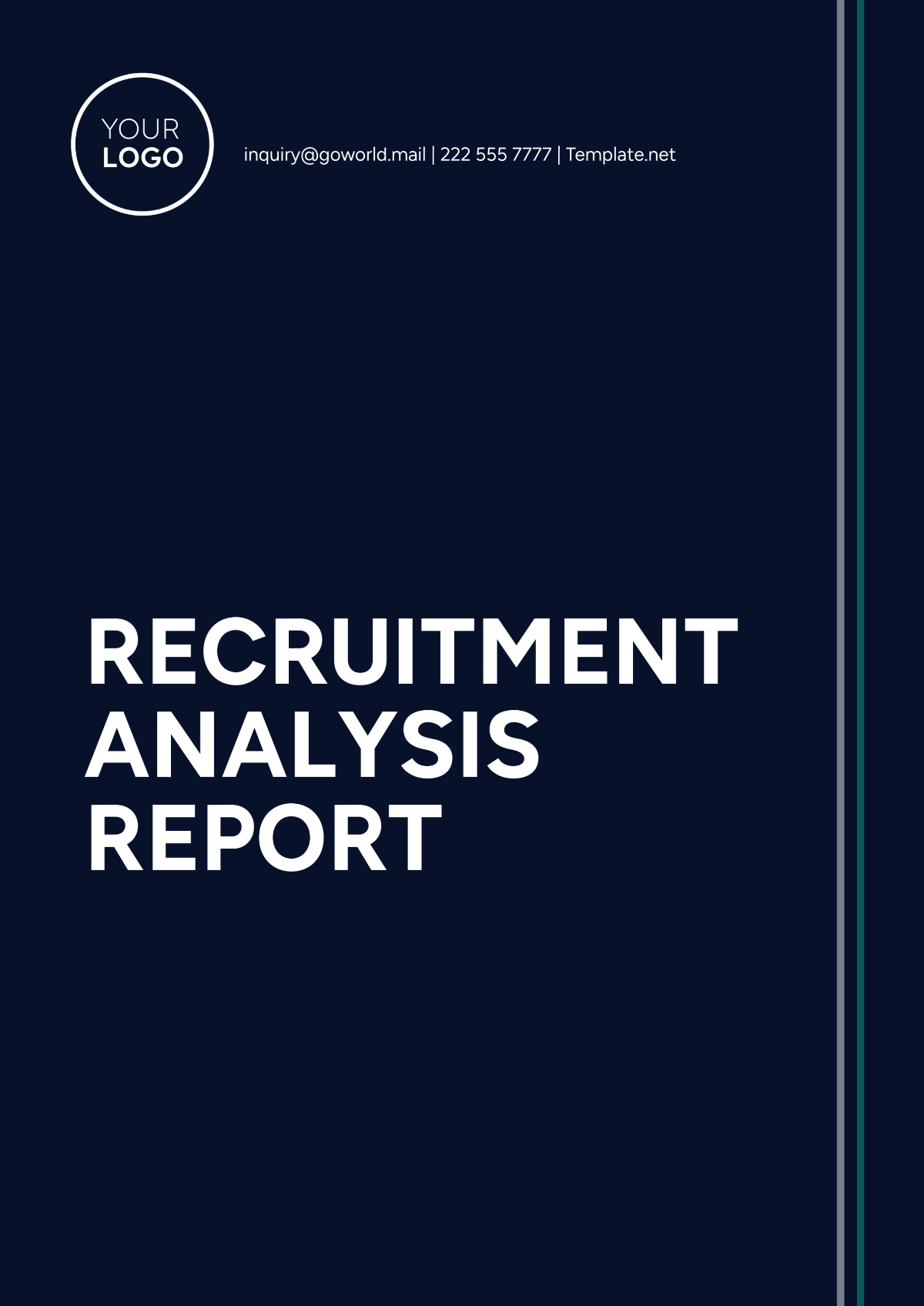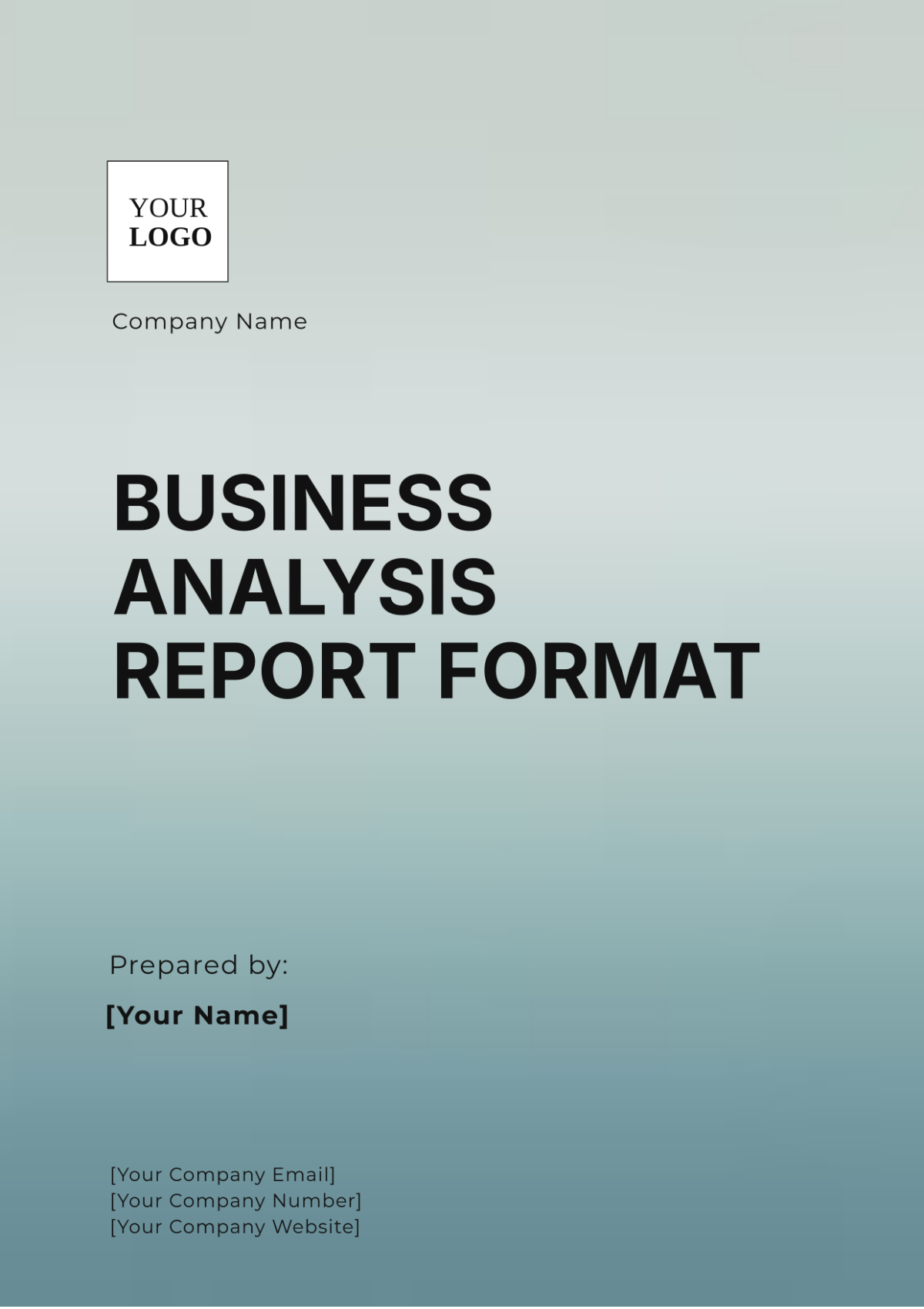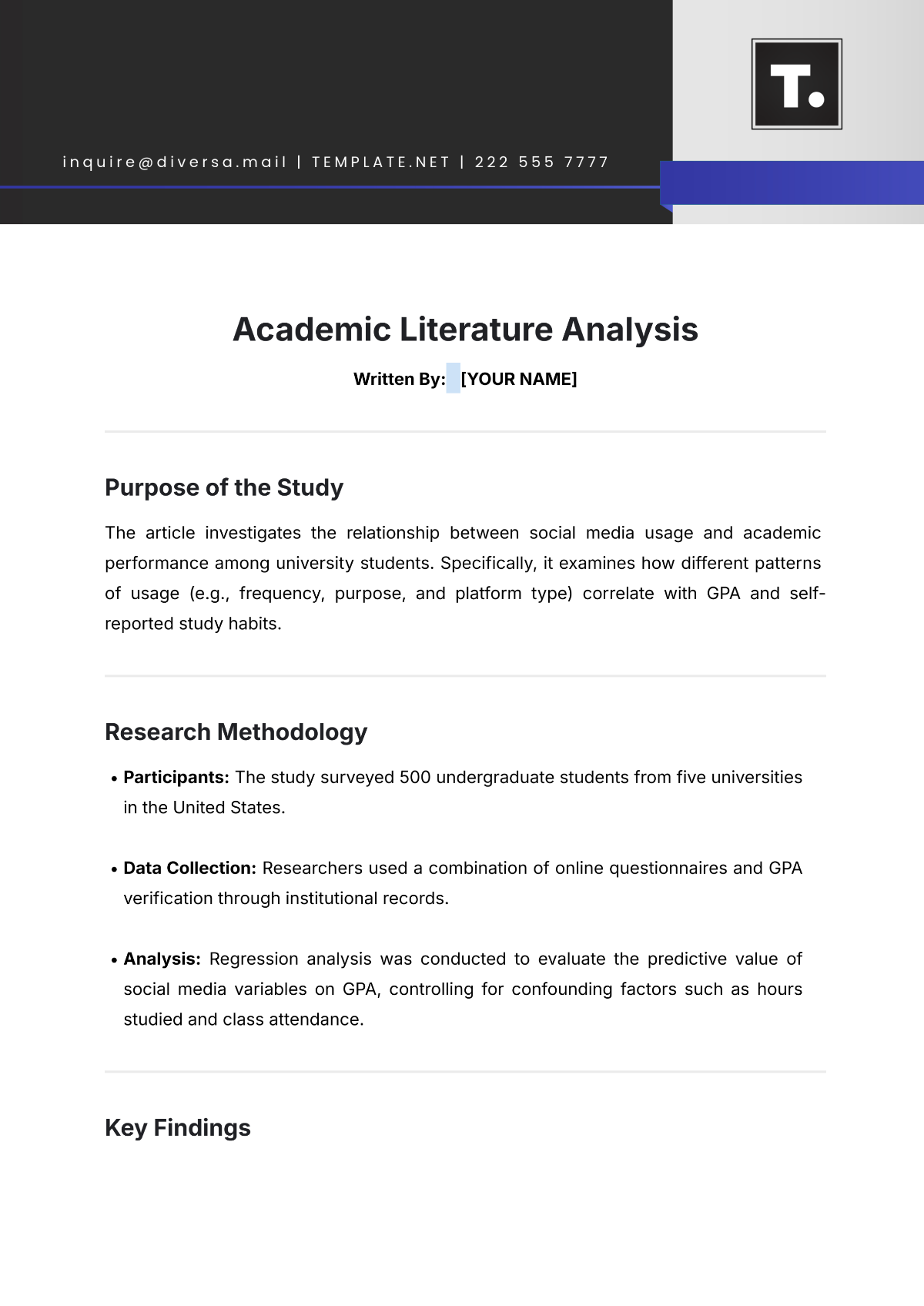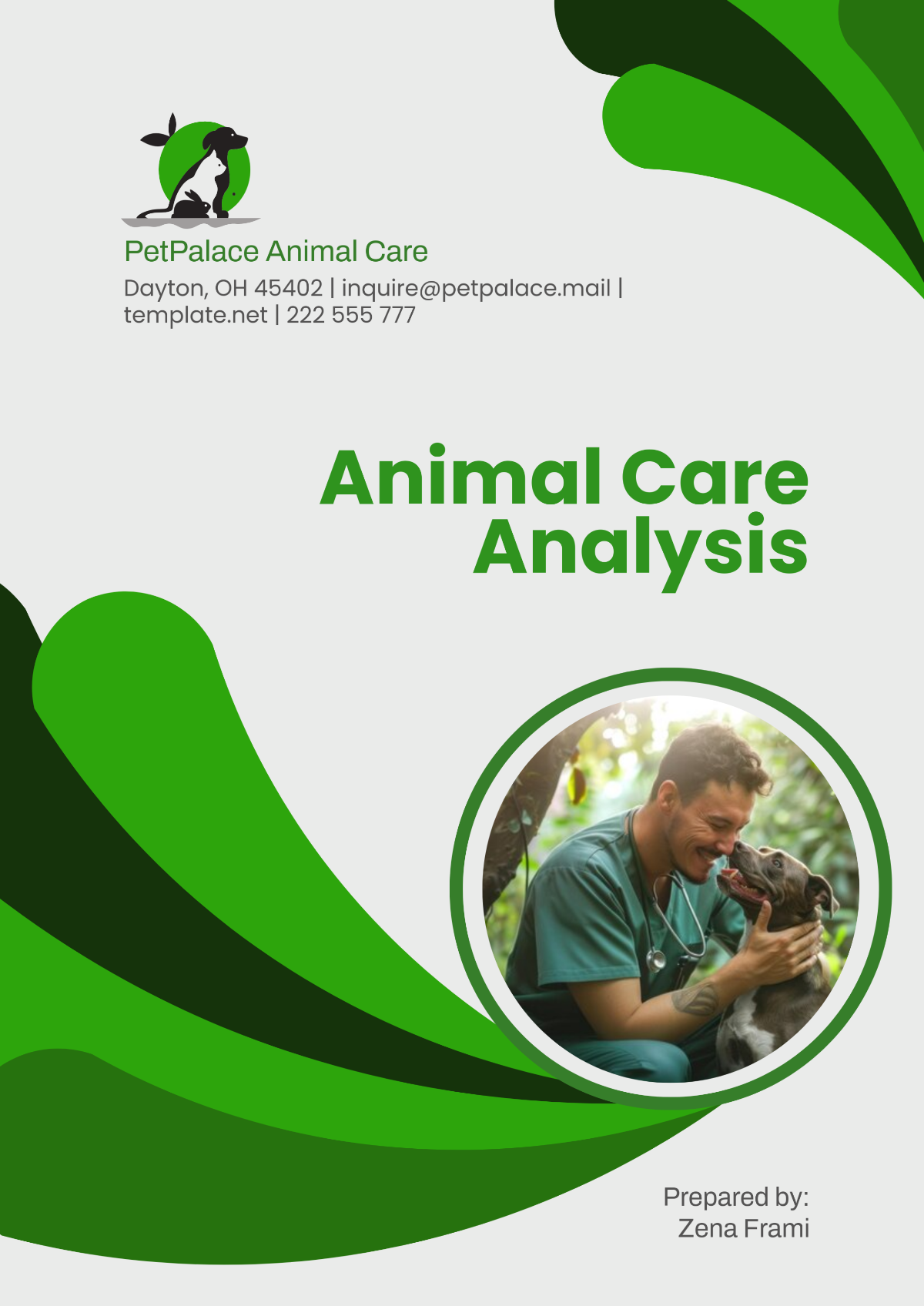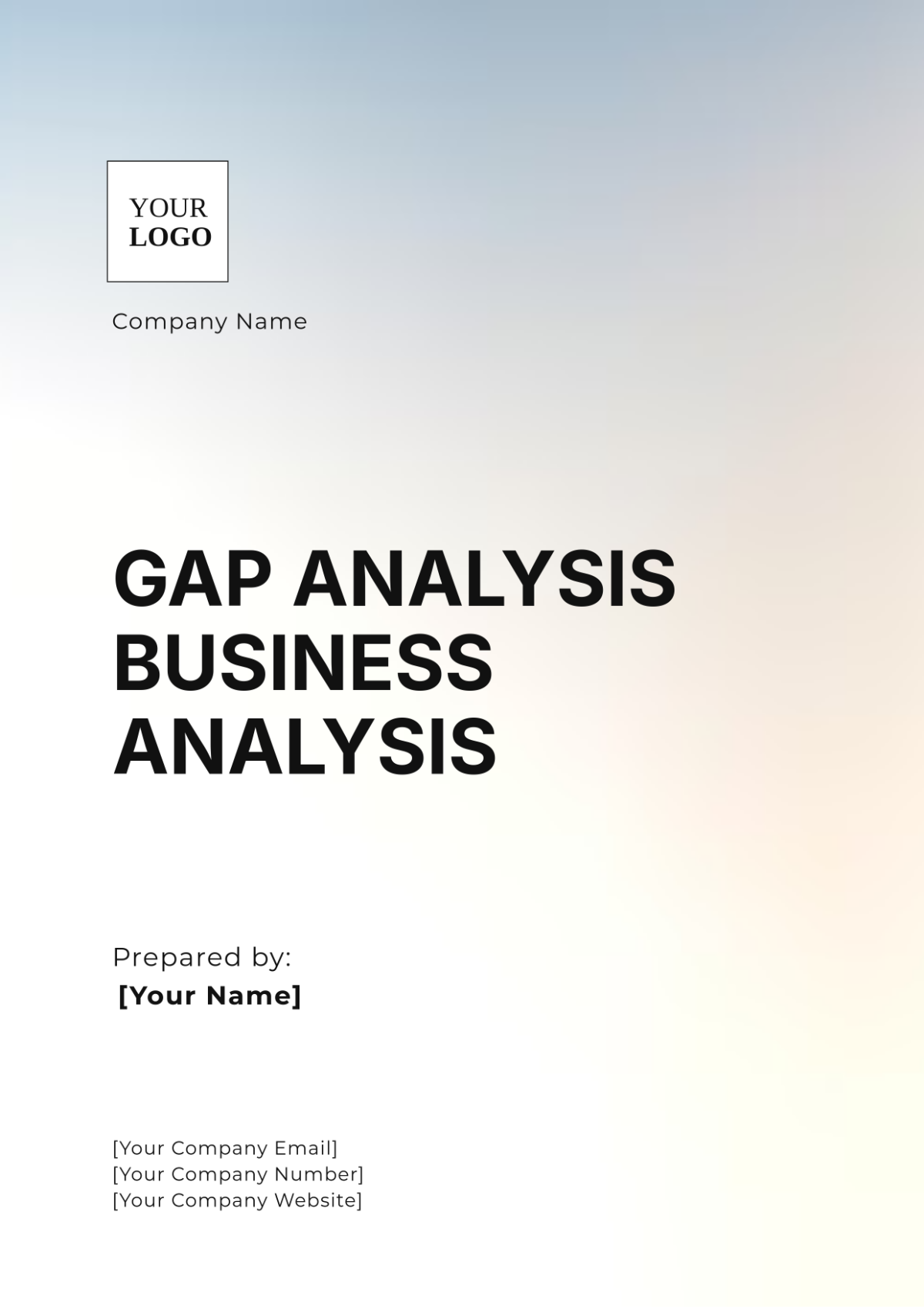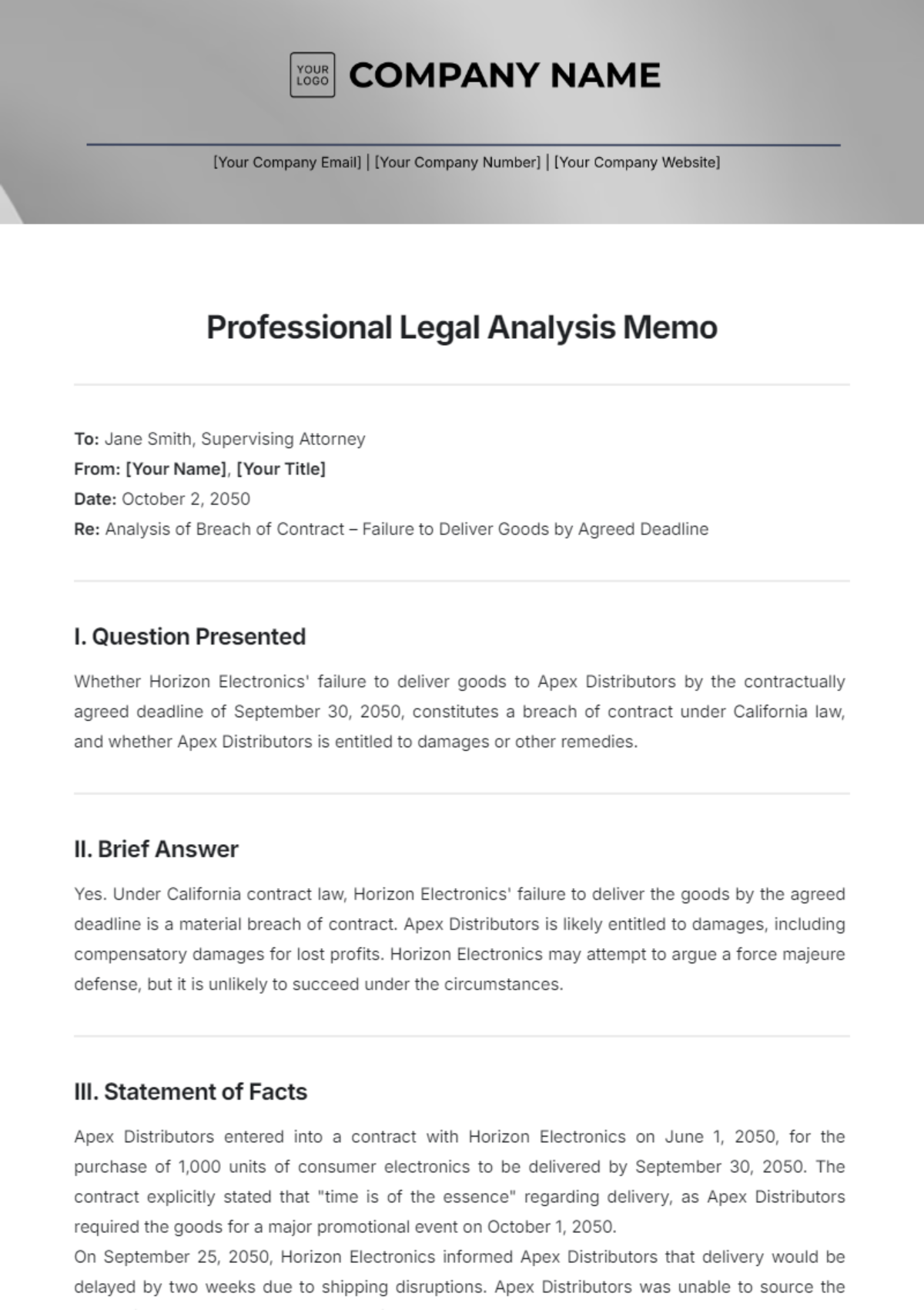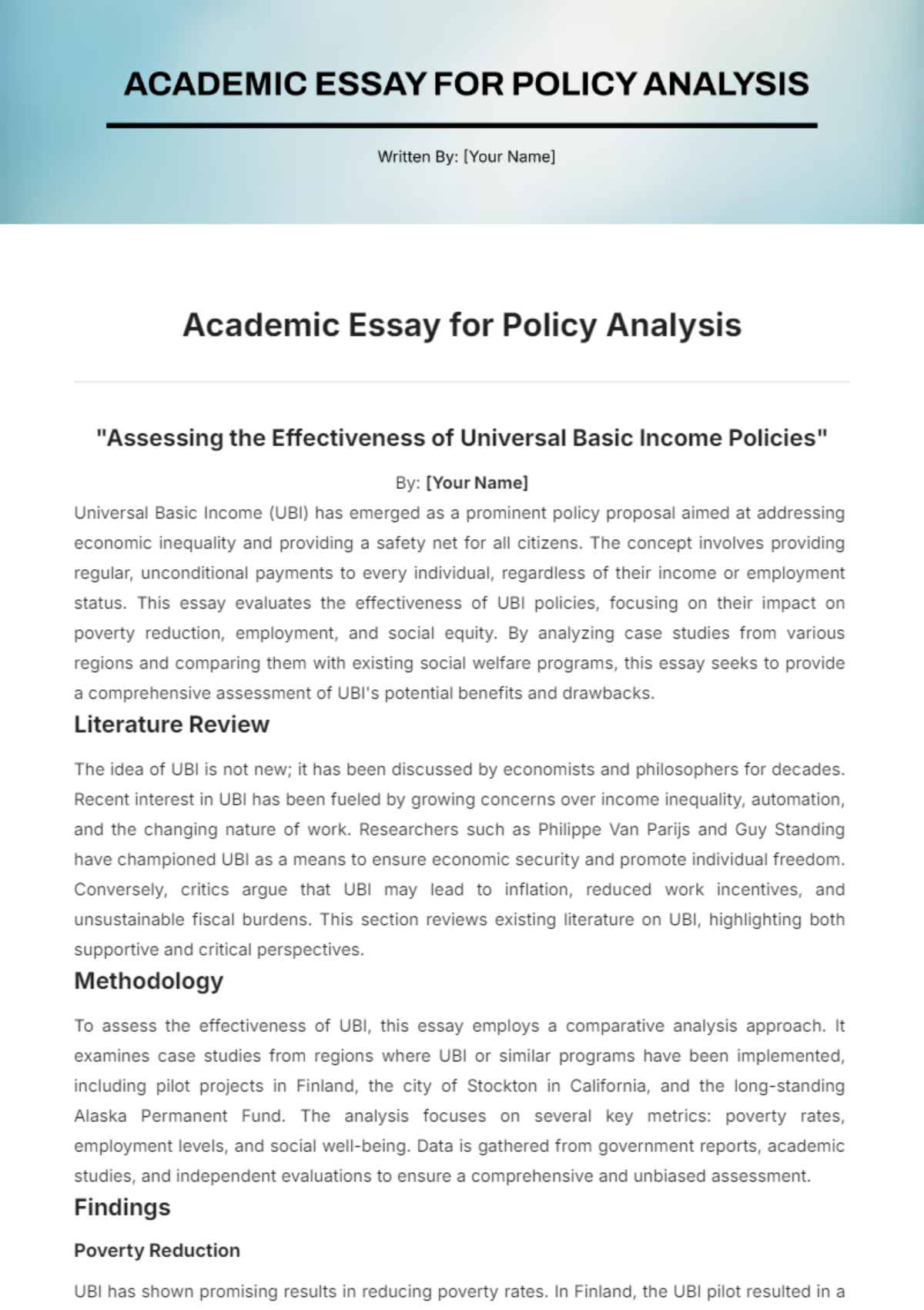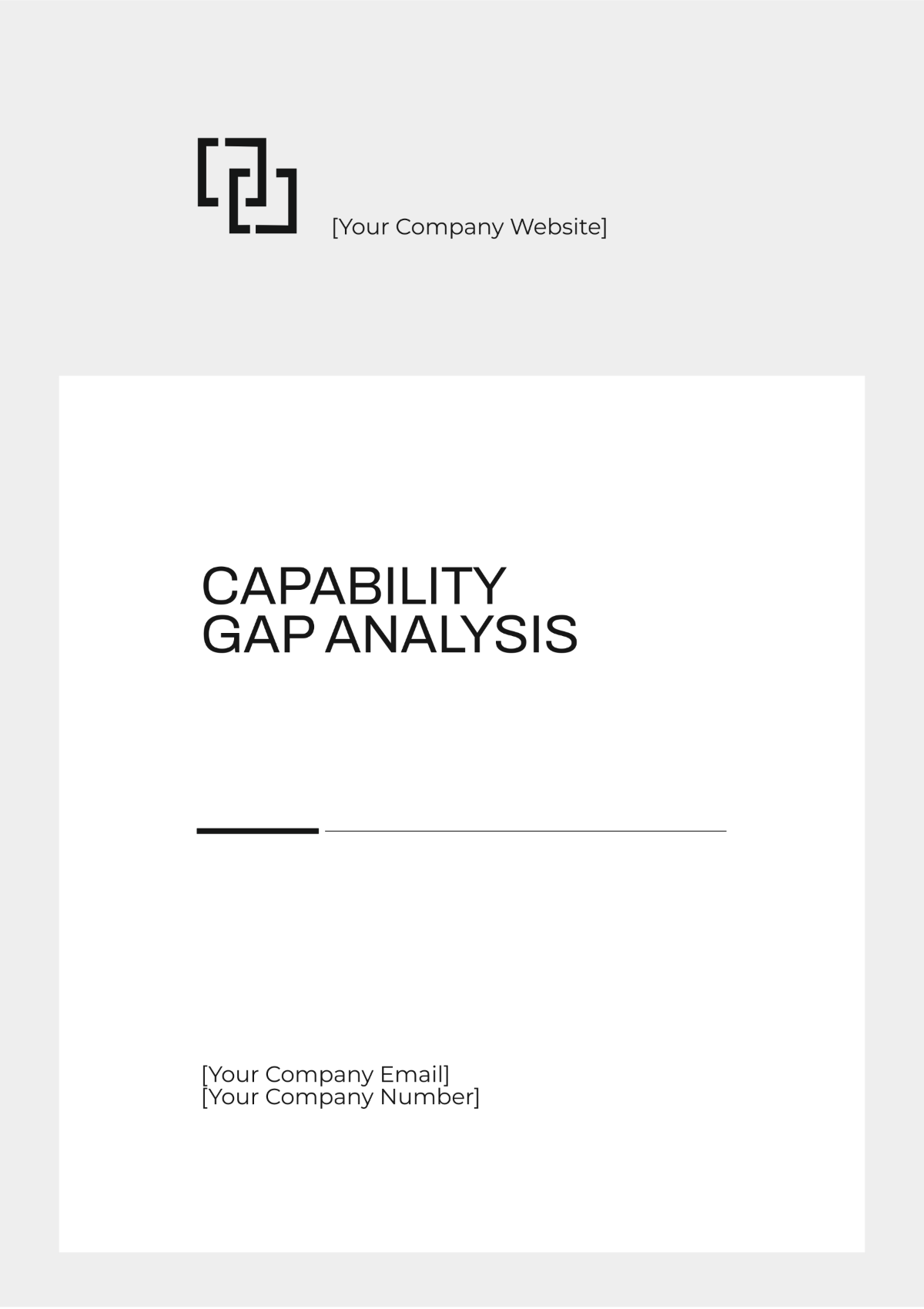Pragmatic Interpretation Discourse Analysis
I. Introduction
Discourse analysis focuses on the way language is used in texts and contexts. Pragmatic interpretation is a dimension of discourse analysis that examines how context influences the way language is understood. This analysis delves into the principles of pragmatic interpretation within discourse, exploring the elements that contribute to meaning-making beyond the literal content of the message.
II. Theoretical Framework
To understand pragmatic interpretation in discourse, it is essential to grasp several core theories and concepts that shape this field of study. This section outlines the foundational theories in pragmatic interpretation discourse analysis.
A. Speech Act Theory
Developed by J.L. Austin and further refined by John Searle, Speech Act Theory posits that language performs actions. These actions can be categorized into:
Locutionary Acts
Illocutionary Acts
Perlocutionary Acts
B. Relevance Theory
According to Sperber and Wilson's Relevance Theory, the significance of information is assessed based on the cognitive effort needed to understand it and the cognitive advantages it provides.
Paul Grice introduced the Cooperative Principle, which suggests that participants in a conversation naturally adhere to conversational maxims to communicate effectively. These maxims include:
Maxim of Quality
Maxim of Quantity
Maxim of Relevance
Maxim of Manner
III. Methodology
This research employs a qualitative approach to analyze pragmatic interpretation within discourse. The methodology involves data collection, data analysis, and interpretation of findings.
A. Data Collection
Data for this analysis was collected from various sources:
Transcriptions of recorded conversations
Written texts, including articles, essays, and social media posts
Observational notes from real-life discourse settings
B. Data Analysis
The analysis followed a structured approach:
Coding for recurring themes and categories
Identifying instances of pragmatic markers and acts
Contextualizing the pragmatic elements within their social and cultural settings
C. Interpretation Techniques
Two primary techniques were utilized:
Contextual Analysis: Understanding the situational context in which discourse occurs.
Conversational Analysis: Examining turn-taking, adjacency pairs, and repair mechanisms.
IV. Findings
The findings from the discourse analysis are categorized into several key areas of pragmatic interpretation.
A. Contextual Influence
Context significantly affects the interpretation of discourse. Different types of context, including physical, social, and cultural, provide invaluable cues for understanding meaning.
B. Conversational Implicature
Often, speakers imply more than what is explicitly stated. This analysis observed several conversational implicatures where the implied meaning outweighed the literal content.
C. Politeness Strategies
Politeness strategies were evident in various forms and often dictated by cultural norms. Strategies included:
Positive Politeness: Seeking common ground
Negative Politeness: Demonstrating respect and deference
V. Discussion
The discussion focuses on interpreting the findings in relation to existing theories and frameworks. It also addresses the implications of pragmatic interpretation in real-world communication scenarios.
A. Implications for Communication
The analysis suggests that effective communication relies heavily on the recognition and interpretation of pragmatic cues. Misunderstandings often arise from a failure to grasp these cues.
B. Role of Cultural Context
Cultural context plays a vital role in shaping pragmatic interpretation. Understanding cultural norms and values is essential for accurate meaning-making in cross-cultural communication.
VI. Conclusion
Pragmatic interpretation is a critical component of discourse analysis. By understanding the contextual and pragmatic elements of language, we can appreciate the complexities of human communication. This analysis underscores the importance of considering both the literal and implied meanings within discourse, emphasizing the nuanced interplay of context, speaker intention, and listener interpretation.















